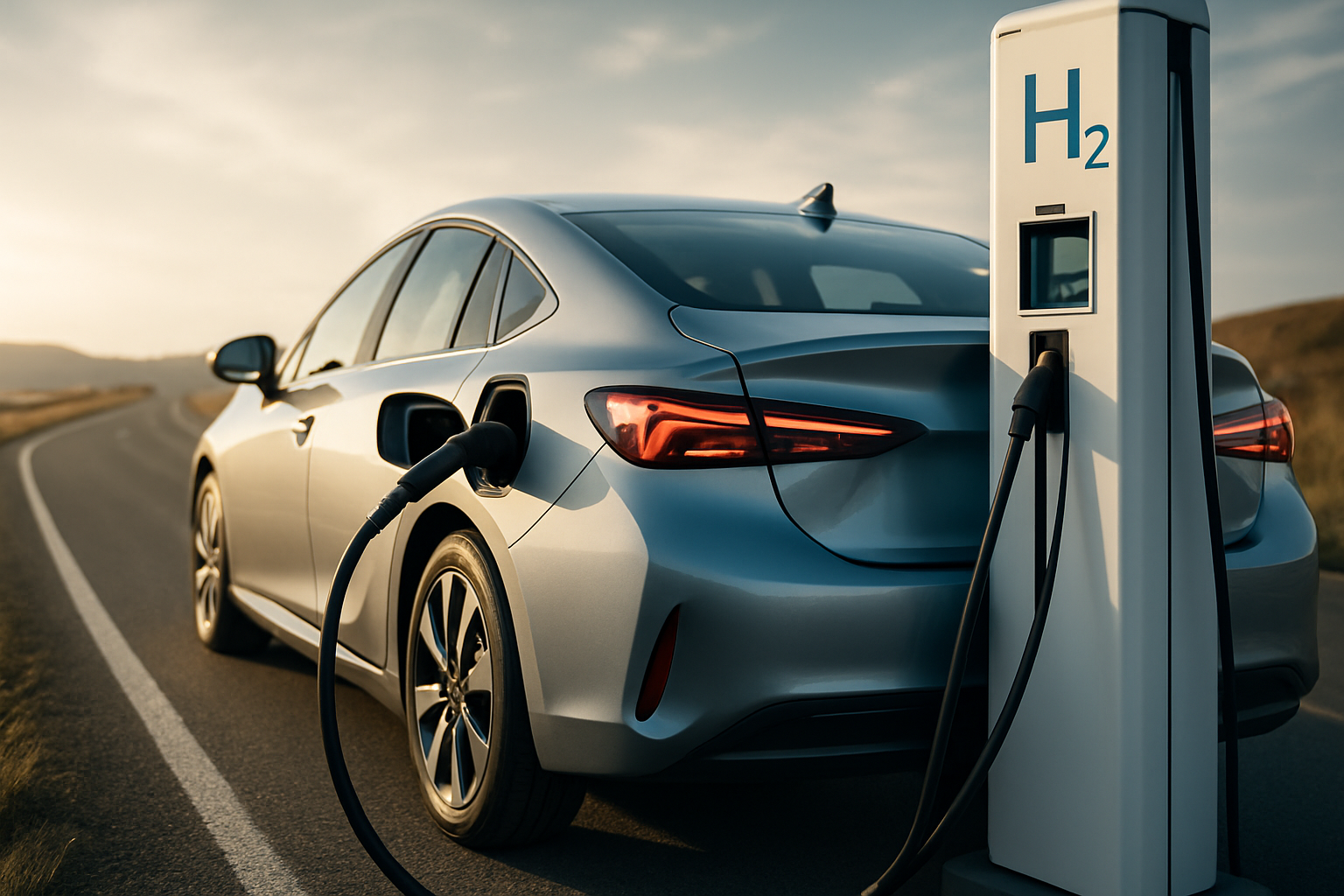Preparing older cars for expanded safety inspections and compliance
Owners of older vehicles face changing inspection expectations as regulators broaden safety and emissions checks. Preparing an ageing car for expanded inspections involves targeted maintenance, updated documentation, and attention to systems such as emissions, fuel delivery, electrical components, and diagnostics. This article outlines practical steps to improve compliance and mobility.

Owners of older vehicles face changing inspection expectations as regulators broaden safety and emissions checks. Preparing an ageing car for expanded inspections involves targeted maintenance, updated documentation, and attention to systems such as emissions, fuel delivery, electrical components, and diagnostics. This overview explains practical steps to improve compliance and preserve mobility.
What safety checks matter for older cars?
Modern inspection regimes emphasize basic safety systems: brakes, tires, lighting, steering and suspension. For older cars, prioritise brake pad and rotor condition, hydraulic lines, and the integrity of wheel bearings and tie rods. Tire tread and correct inflation affect stopping distance and fuel efficiency; lighting visibility and lens clarity influence road safety. Addressing these elements reduces inspection failures and helps maintain reliable mobility on regulated roadways.
How do emissions, fuel, and efficiency affect inspections?
Expanded safety inspections often integrate emissions verification to ensure vehicles do not exceed pollutant limits. Check the fuel delivery system for leaks, inspect the fuel cap seal, and consider cleaning or replacing fuel injectors where applicable. Improving combustion efficiency through timely spark plug and air filter replacement can lower emissions and improve fuel efficiency. Older engines may benefit from a controlled tune-up and ensuring the catalytic converter and exhaust system are intact.
What maintenance and diagnostics should be performed?
A proactive maintenance program improves inspection outcomes. Use a scan tool to read onboard diagnostics and clear stored faults only after repairs—the diagnostic trouble codes indicate issues with sensors, emissions control, or engine management that inspectors notice during testing. Routine maintenance items include oil and filter changes, belts and hoses inspection, and replacement of aged rubber components that could leak or fail. Keep service records to support compliance claims during inspections.
How do electric considerations, battery, and charging fit in?
For vehicles with auxiliary electrification or aftermarket electric conversions, battery health and charging systems are critical. Test battery state-of-charge and capacity, and verify charging system output (alternator or onboard charger) to ensure reliable starting and electrical safety. For plug-in or hybrid conversions, ensure charging connectors and wiring follow local safety standards and are free of corrosion. Properly installed battery systems reduce electrical hazards and align with regulation on vehicle electrification and aftermarket modifications.
What role does connectivity, aftermarket parts, and logistics play?
Modern inspections can include checks related to connectivity (telemetry or aftermarket telematics), immobiliser function, and the integrity of installed aftermarket safety equipment. Use reputable aftermarket parts and have installation documentation available; poorly fitted modifications can cause inspection failures and compromise safety. Logistics matters too—plan for transport to an inspection station if a vehicle is not roadworthy, and identify local services that handle specific repairs so parts and labor are coordinated efficiently.
How to meet regulation, documentation, and compliance needs?
Understanding local regulation is essential: inspection standards vary by jurisdiction and may change over time. Keep registration, previous inspection reports, and maintenance receipts organized; inspectors frequently reference paperwork when assessing compliance. If modifications were made—aftermarket safety devices, emissions control changes, or electric conversions—retain certificates or receipts that demonstrate conformity to relevant standards. Prepare a checklist of required repairs and documents before presenting the vehicle for inspection.
Conclusion Preparing older cars for expanded safety inspections requires a methodical approach: focus on core safety systems, reduce emissions through targeted engine and fuel system work, verify electrical and battery systems, and maintain accurate documentation. Regular diagnostics, timely maintenance, and using reliable parts help older vehicles meet evolving regulatory expectations while supporting continued, safe mobility on public roads.





